Podcast: Play in new window | Download

——————————————————————————————————————–
Special announcement: We have more pictures of Mike’s airplane, but first, I want to let you know about a Zoom call I’ve scheduled for tomorrow.
I’m hoping to provide a way to get together online for some aviation encouragement in this weird time we’re in with the Corona Virus and the effects of it. Here are the details for tomorrow’s call:
Time: Mar 28, 2020 03:00 PM Eastern Time (US and Canada)
Join Zoom Meeting
https://us04web.zoom.us/j/100883804?pwd=R1ZlQWVwRFhUdldOMnFCKzJlVlVmZz09
Meeting ID: 100 883 804
Password: Airplane
If you’d like to see some pictures of things I’ve been working on, and how it has looked at our airport this past week, along with some encouragement to keep moving forward in this time, then please join me tomorrow on the call!
If it works out well tomorrow, we might have another call again soon.
——————————————————————————————————————–
Now back to Mike’s Piper Stinson…
Listen to the audio for today’s episode to hear the fascinating story of how Mike and Sasha White acquired their favorite airplane, and named her “Charlie!”
The freshly overhauled Franklin engine is in pristine condition!
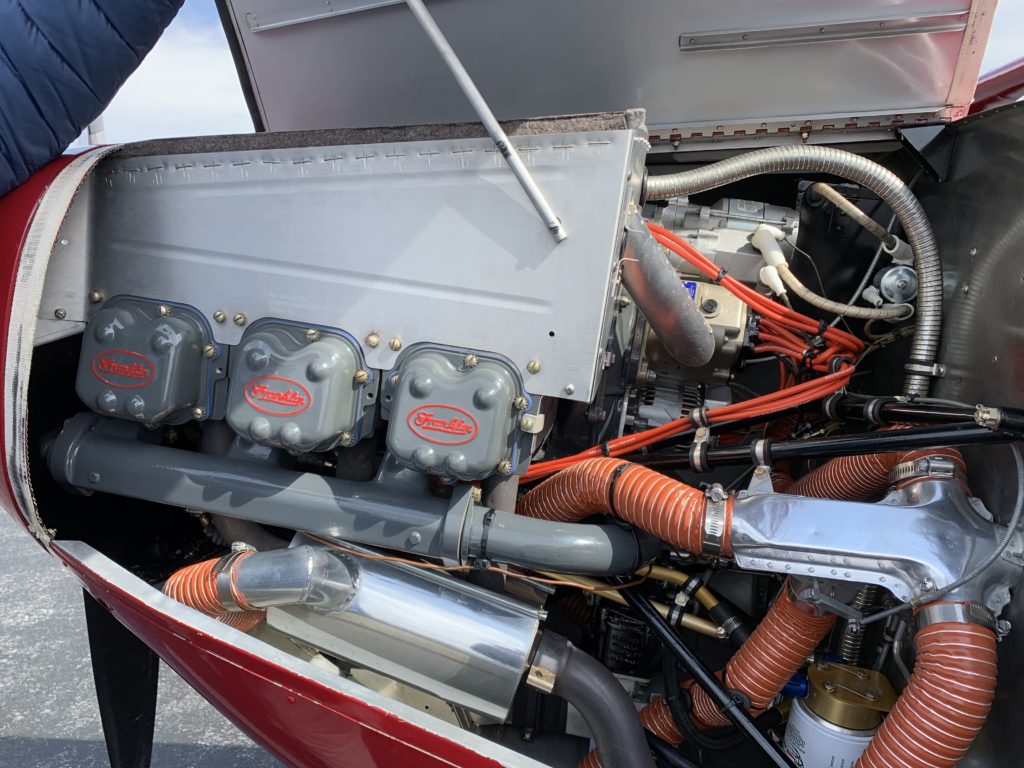
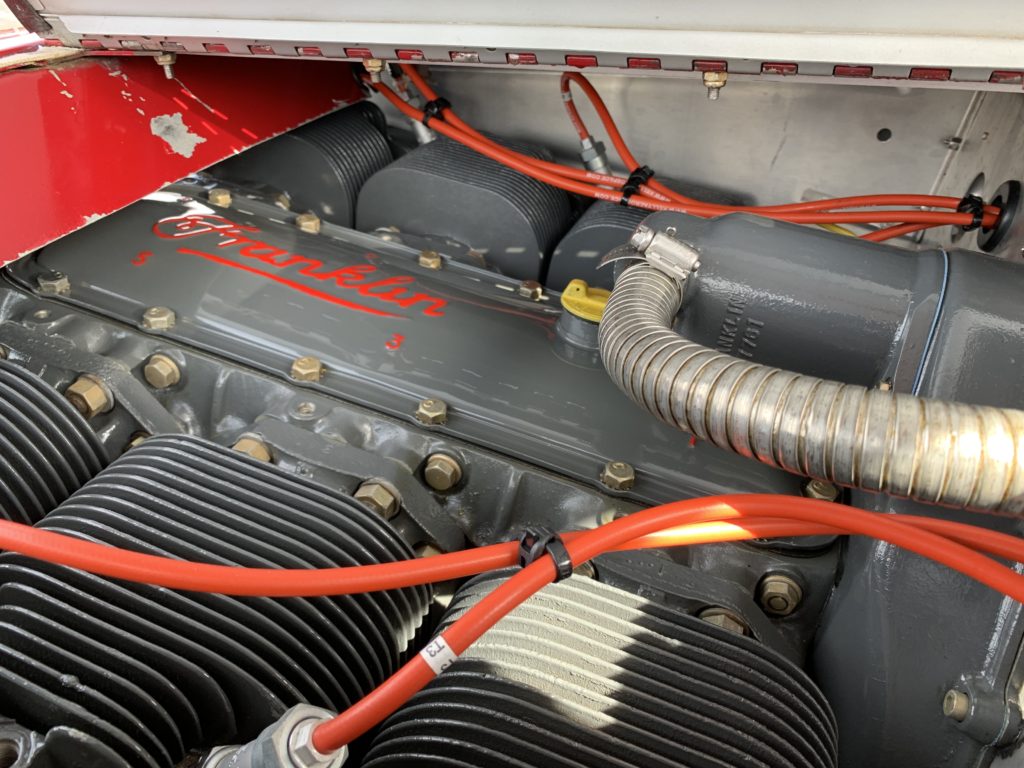
The tail has a very distinct design:
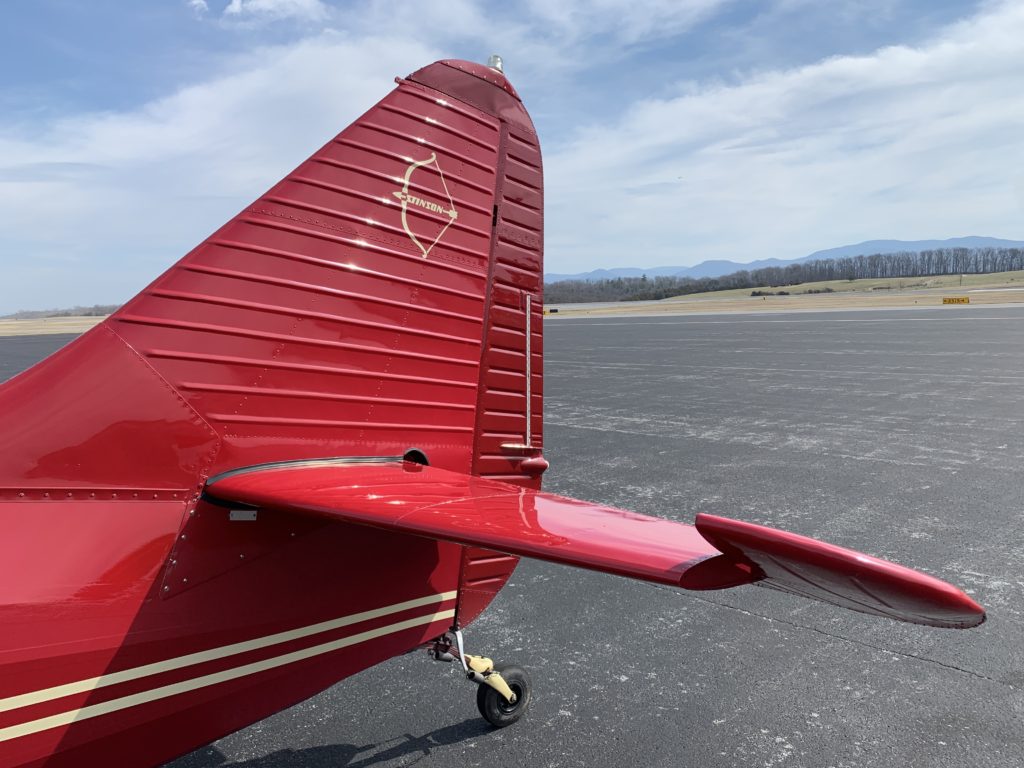
There’s even some beautiful wood interior reminiscent of Charlie’s rich history:
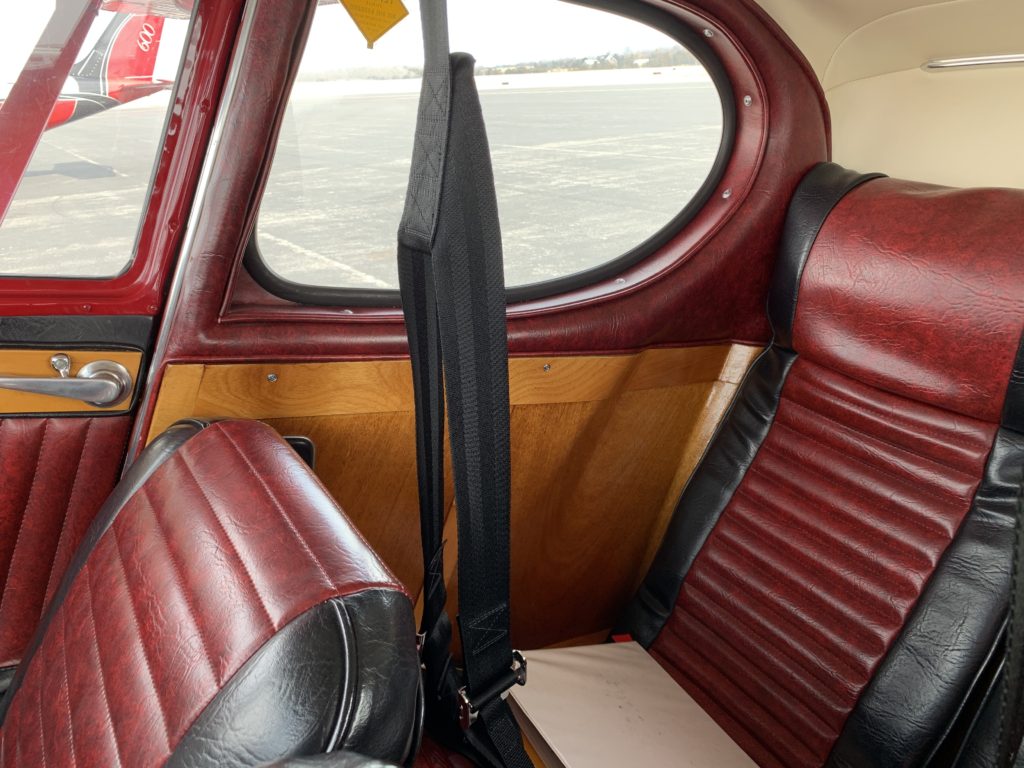
The cowling trim is also a sight to see:

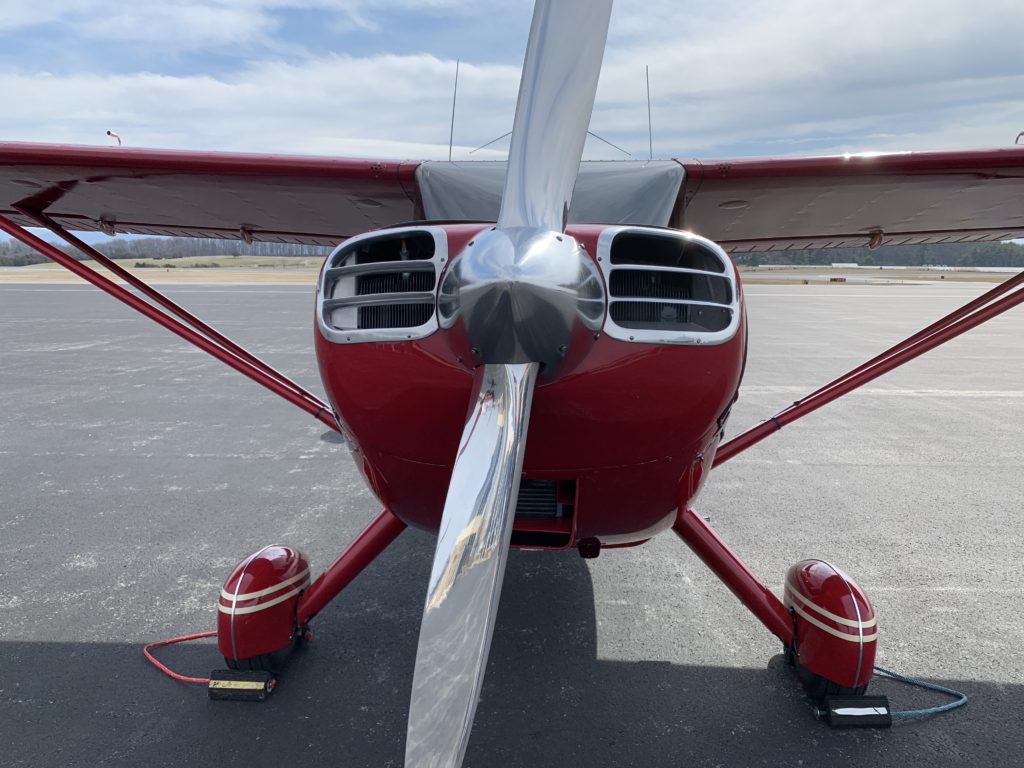
Charlie’s instrument panel sports the beautiful red paint to match the exterior:

… and the leading edge slots provide excellent slow speed and stall characteristics:

All in all, this is a very cool airplane!
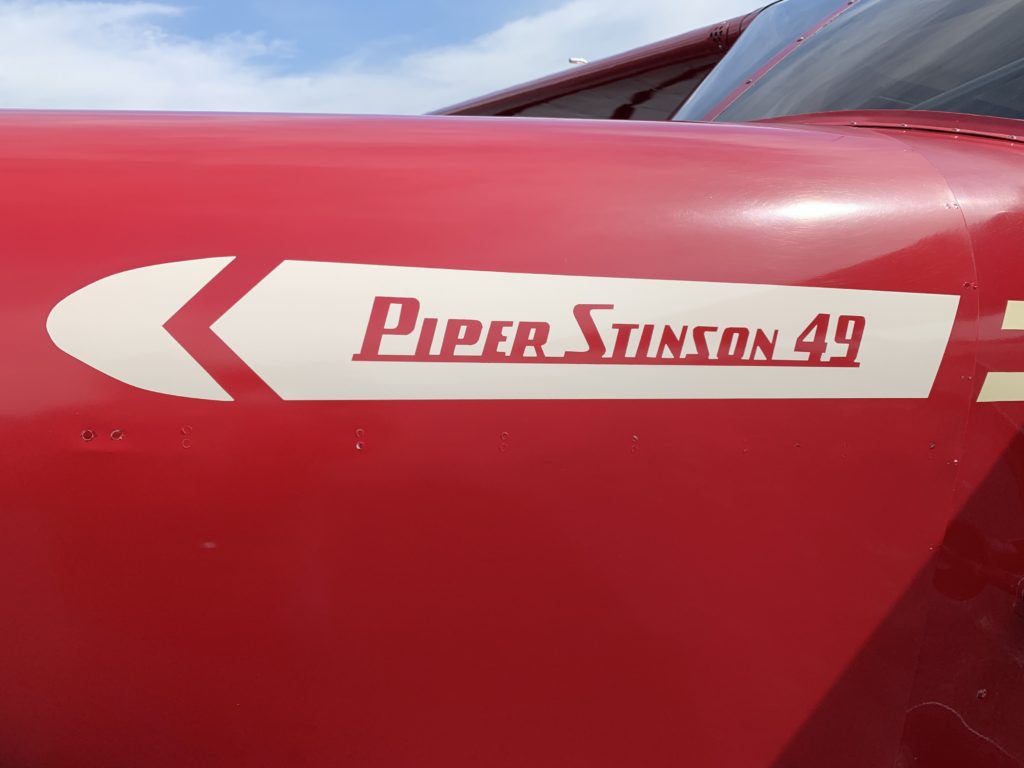
I had no idea there was such a thing as a “Piper Stinson.” Thanks Mike, for educating me!

I discovered just today Mike has a special tail hoist he built to lift the tailwheel off the floor for cleaning the belly… real craftsmanship!

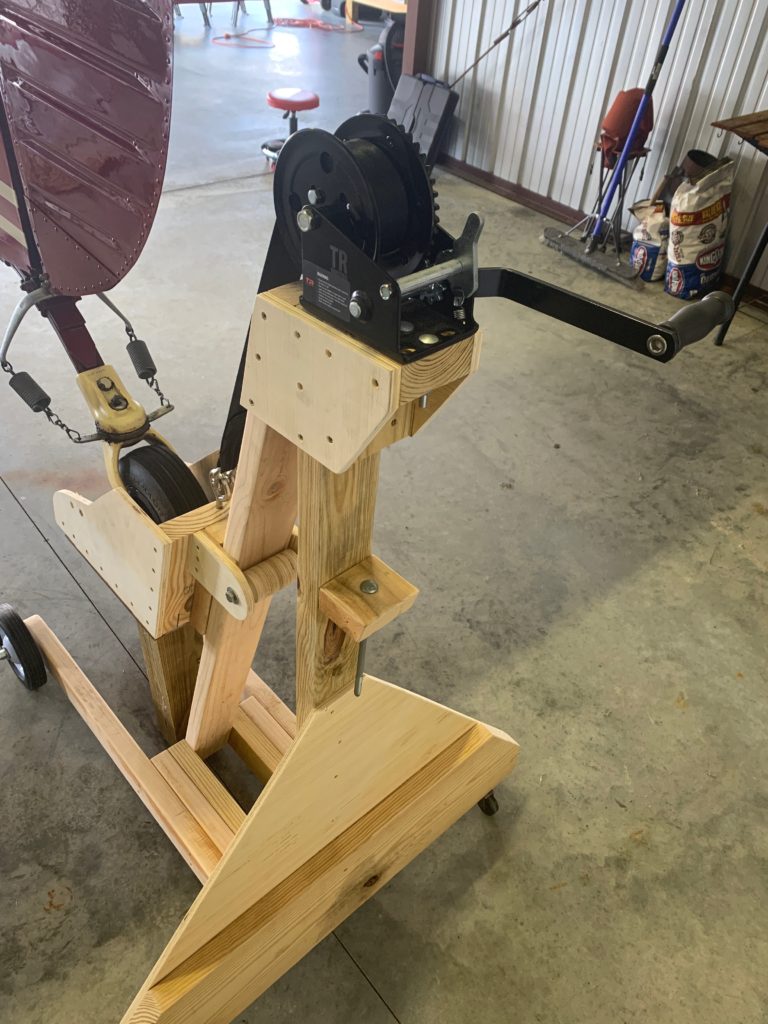
So… perhaps the next time Charlie rolls up to the ramp at KSHD, I’ll get to meet the whole crew… Mike and Sasha, and their little Yorkipoo, Bocce!
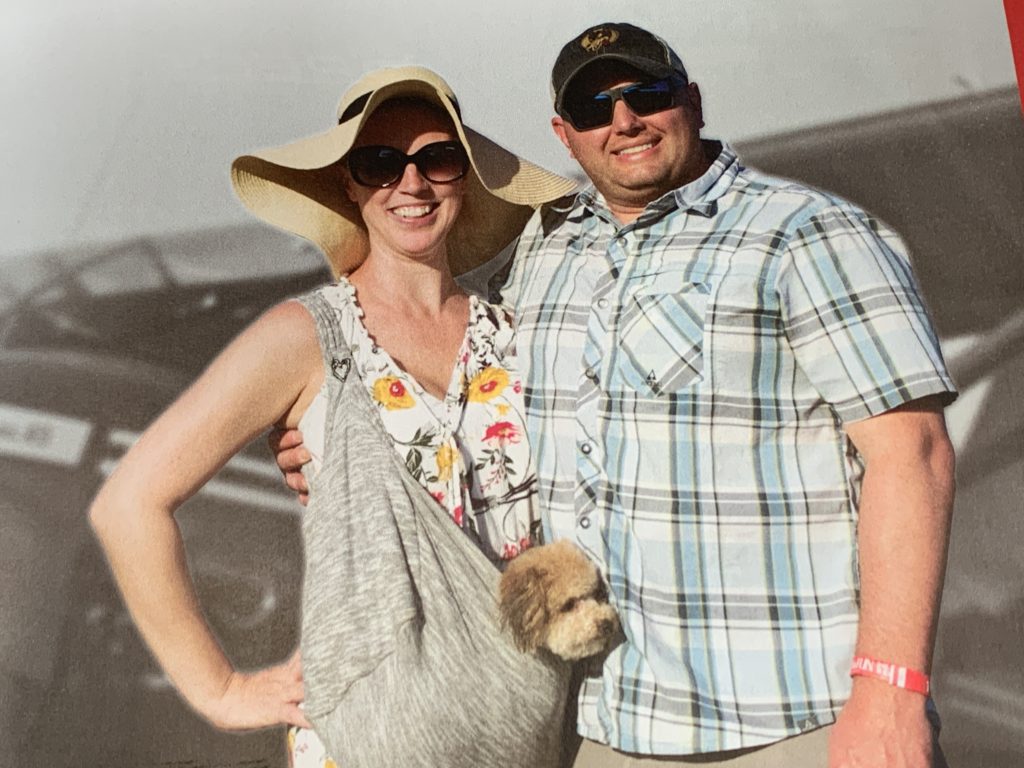











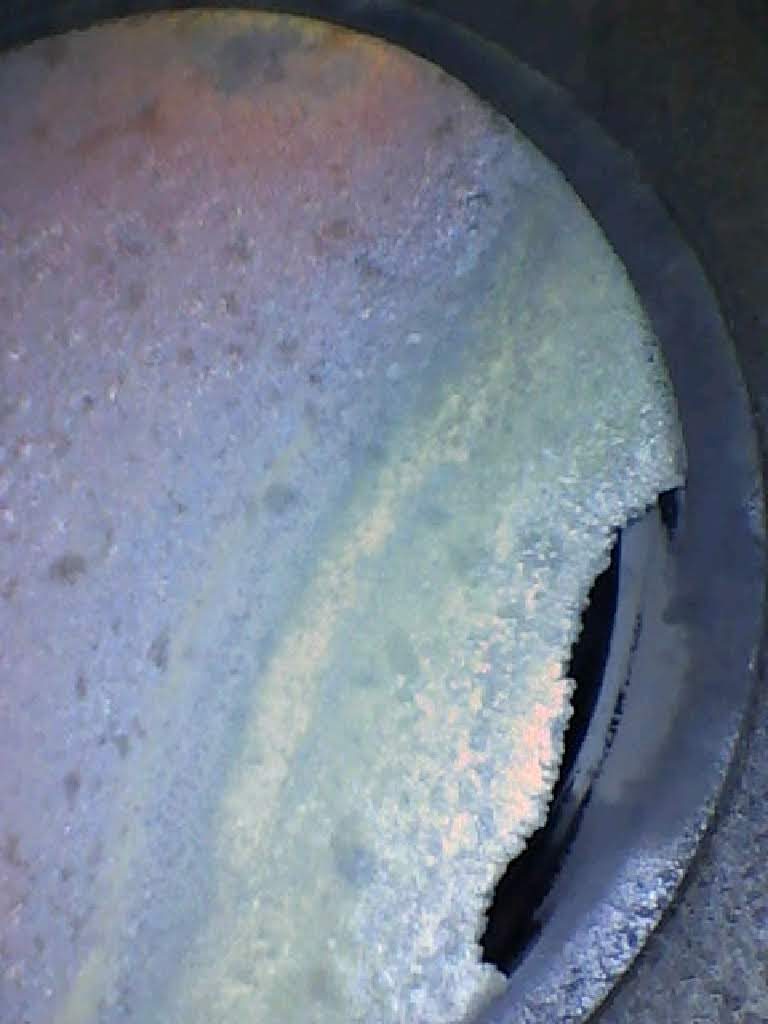
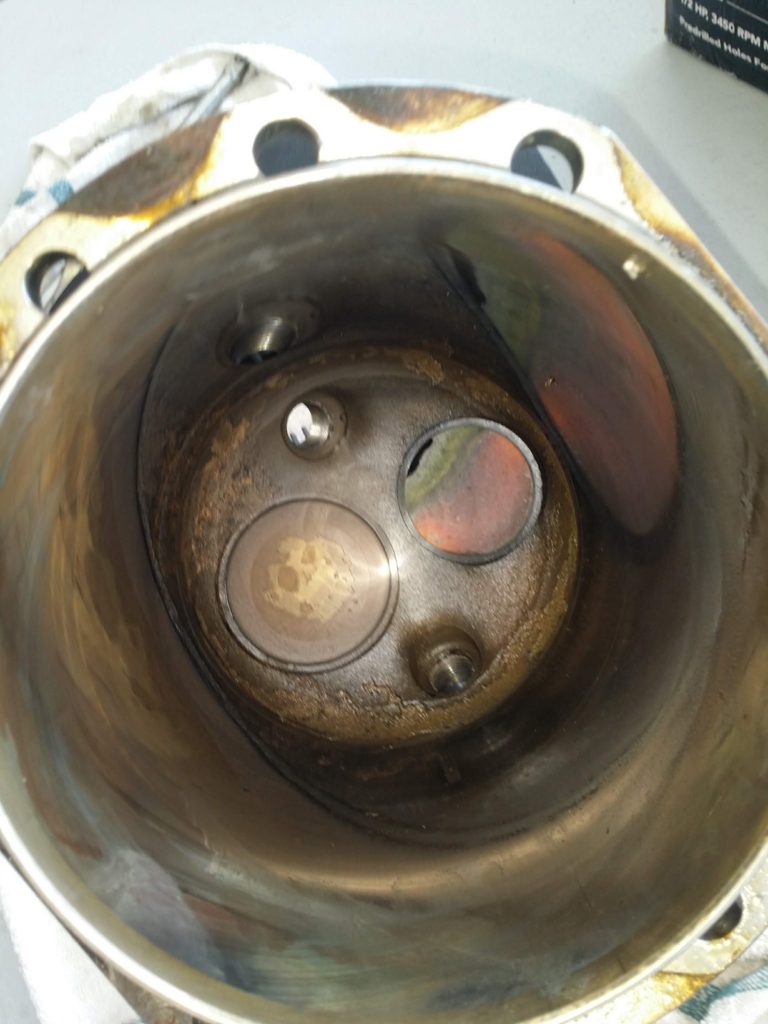


Recent Comments